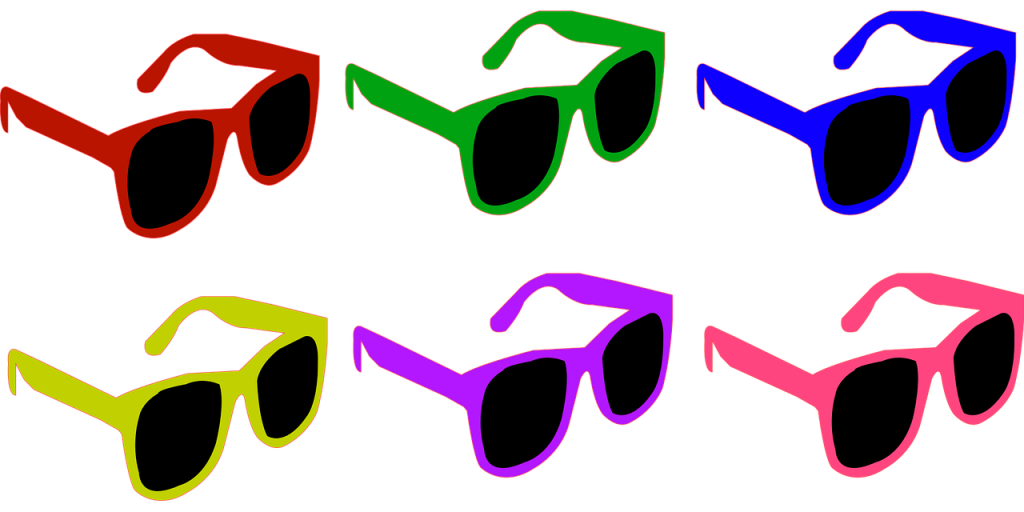Vision Loss and V1
88
Learning Objectives
Know what the preventions are for some common eye diseases, such as glaucoma, macular degeneration, and diabetic retinopathy.
Be able to list some treatment options for some common eye diseases, such as cataract, glaucoma, macular degeneration, and retinitis pigmentosa.

To preserve eyesight for as long as possible, it is very important to know how to prevent eye disease of any kind, and it is helpful to know when and how to seek treatment.
Glaucoma, a group of optic neuropathies characterized by progressive degeneration of retinal ganglion cells (RGCs), represents the leading cause of irreversible blindness in the developed world. Glaucoma is generally identified by abnormal regulation of intraocular pressure (IOP) and/or pathological mechanosensitivity of ocular cells. Current treatments are limited to lowering and stabilizing IOP, indicating that glaucoma is principally a disease of ocular mechanotransduction. In order to prevent glaucoma, it is important to detect pressure build up that has been caused by the blockage of flow of aqueous liquid before the resulting pressure damages the head of the optic nerve.
As discussed previously, there are two types of macular degeneration: wet and dry. Dry is less severe and progresses slowly. The best way to prevent macular degeneration is with early detection. This early detection permits injection of anti-vascular drugs to keep elaboration of blood vessels from blocking vision. Besides treatment with anti-vascular drugs, gene therapy may be a promising treatment for some forms of macular degeneration.
If diabetes goes untreated, it can begin to harm your vision. This is referred to as diabetic retinopathy. In order to prevent this from occurring, it is best to control the diet and blood sugar. This in turn can stall peripheral degeneration.
For eye diseases that have genetic causes, like retinitis pigmentosa (RP), there is no one treatment. Researchers are working hard to discover effective treatments. An NEI-sponsored clinical trial found that a daily dose of 15,000 international units of vitamin A palmitate modestly slowed the progression of the disorder (RP) in adults. An artificial vision device called the Argus II has also shown promise for restoring some vision to people with late-stage RP. The Argus II, developed by Second Sight with NEI support, is a prosthetic device that functions in place of lost photoreceptor cells. Although it does not restore normal vision, in clinical studies, the Argus II enabled people with RP to read large letters and navigate environments without the use of a cane or guide dog.
A cataract is a cloudy area in the lens of your eye. No matter what type of cataract you have, the treatment is always surgery. During cataract surgery, the doctor removes the clouded lens and replaces it with a new, artificial lens (also called an intraocular lens, or IOL). Early on, you may be able to make small changes to manage your cataracts, such as with a new prescription for eyeglasses or contact lenses.
Exercises
- You have noticed your peripheral vision closest to your nose has begun to decline. What disease may you have and how do you treat it?
A. Glaucoma; it can be treated by lowering intraocular pressure.
B. Retinitis pigmentosa; it can be treated by lowering intraocular pressure.
C. Glaucoma; it can be treated by surgery, removing clouded lens and replacing it with a new artificial one.
D. Cataract; it can be treated by surgery, removing clouded lens and replacing it with a new artificial one.
Answer: A
CC LICENSED CONTENT, SHARED PREVIOUSLY
Webvision: The Organization of the Retina and Visual System, What is Glaucoma? Authored by: David Križaj
URL: https://webvision.med.utah.edu/book/part-xii-cell-biology-of-retinal-degenerations/what-is-glaucoma/
License: CC BY-NC
Cheryl Olman PSY 3031 Detailed Outline
Provided by: University of Minnesota
Download for free at http://vision.psych.umn.edu/users/caolman/courses/PSY3031/
License of original source: CC Attribution 4.0
National Eye Institute, Retinitis Pigmentosa
URL: https://www.nei.nih.gov/learn-about-eye-health/eye-conditions-and-diseases/retinitis-pigmentosa
License: PDM
National Eye Institute, Cataracts
URL: https://www.nei.nih.gov/learn-about-eye-health/eye-conditions-and-diseases/cataracts
License: PDM

